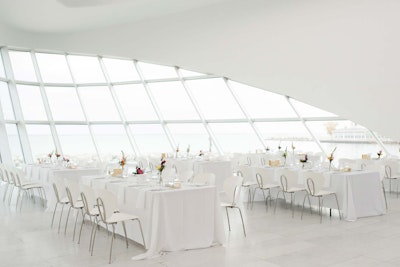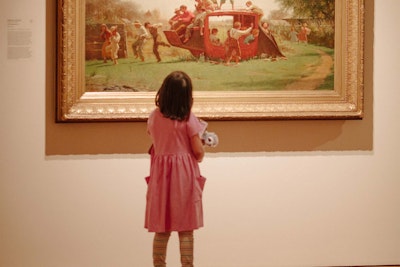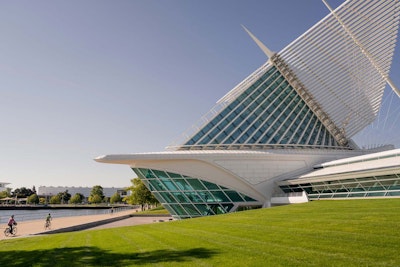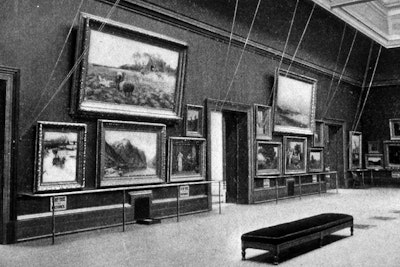Museum Info


Overview
The Milwaukee Art Museum collects and preserves art, presenting it to the community as a vital source of inspiration and education. 30,000 works of art. 400,000+ visitors a year. 125 years of collecting art. From its roots in Milwaukee’s first art gallery in 1888, the Museum has grown today to be an icon for Milwaukee and a resource for the entire state.
The 341,000-square-foot Museum includes the War Memorial Center (1957) designed by Finnish-American architect Eero Saarinen, the Kahler Building (1975) by David Kahler, and the Quadracci Pavilion (2001) created by Spanish architect Santiago Calatrava.
Central to the Museum’s mission is its role as a premier educational resource, with educational programs that are among the largest in the nation, involving classes, tours, and a full calendar of events for all ages.
Governance
Officers + Board of Trustees
Chair: Jeffery Yabuki
Secretary: Alexander P. Fraser
Treasurer: Kathy Thornton-Bias
Trustees at Large
Christopher S. Abele, Daniel J. Bader, Donna Baumgartner, Randy Bryant, Richard Buchband, Joseph W. Checota, Peter Damsgaard, Ellen Glaisner, Joseph P. Gromacki, William R. Haack, Brian Kennedy, Anthony Krausen, Rosanne Kropp, Raymond R. Krueger, Thomas Lacy, Joan Lubar, Marianne Lubar, Wayne R. Lueders, P. Michael Mahoney, Andrew Nunemaker, Jill G. Pelisek, Suzanne Selig, Mary M. Strohmaier, Christine Symchych, John Utz, Daniel P. Wilhelms, Sarah Zimmerman
Additional Members
County Government Representative(s): Marcelia Nicholson, Symphony D. Swan-Zawadi
Chair of the Docents Representative: Peter Larson
Support Group Representative: William Belke, Sande Robinson
Life Trustees: Sheldon B. Lubar, Betty Ewens Quadracci*, Donald Baumgartner
*deceased
Strategic Direction
The Milwaukee Art Museum has always collected art for and shared art with the people of Milwaukee. Over the next phase of the Museum’s life, we will take bold steps to further extend our welcome mat, presenting art in a way that allows all individuals to see themselves and their lives in the Museum and to experience the transformative benefits of art.
To accomplish this vision for the future, the Museum will leverage its history, build on its strengths, and implement the following strategic pillars:
- Art Relevant to Our Community
- Robust Community Programming
- Expansive Hospitality
- Impact Aligned with Financial Strength and Discipline
Download our letter from leadership.

Financial reports
Annual reports
2022 | 2021 | 2020 | 2019 | 2018 | 2017 | 2016 | 2015 | 2014 | 2013 | 2012 | 2011 | 2010 | 2009 |2008 | 2007 | 2006 | 2005 | 2004 | 2003
Audited financial statements
2020/2021 | 2019/2020 | 2018/2019 | 2017/2018 | 2016/2017 | 2015/2016 | 2014/2015 | 2013/2014 | 2012/2013 | 2011/2012 | 2010/2011 | 2009/2010 | 2008/2009 | 2007/2008 | 2006/2007 | 2005/2006 | 2004/2005 | 2003/2004
Form 990
2017/2018 |2015/2016 | 2014/2015 | 2013/2014 | 2012/2013 | 2011/2012 | 2010/2011 | 2009/2010 | 2008/2009 | 2007/2008 Part 2 | 2007/2008 Part 1 | 2006/2007 | 2005/2006




